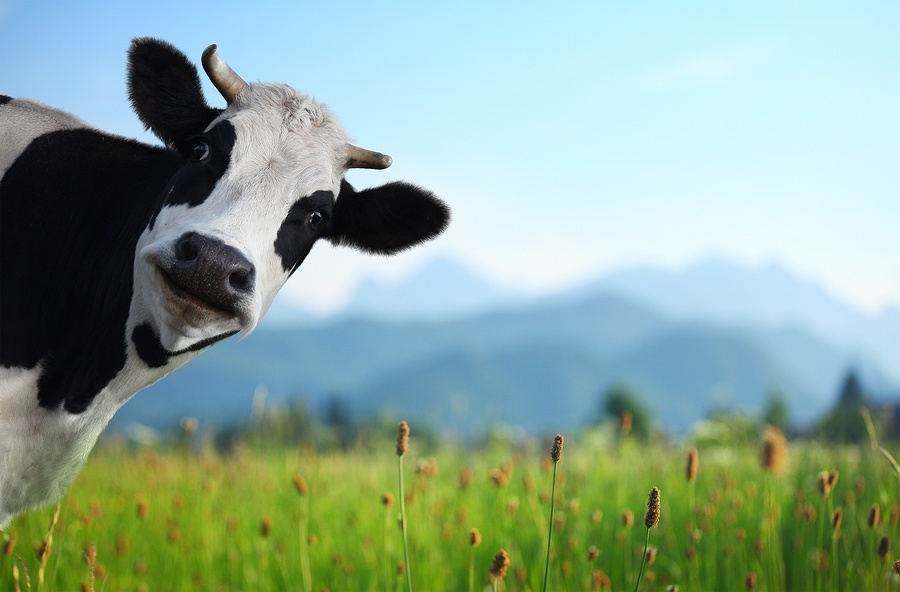Cars and cows – neither are terribly good for the environment. One releases CO2, while the other releases methane.
But a product designer called Yi-Wen Tseng may have a solution for reducing the impact of both cars and cows: by combining them.
The off-the-wall idea was inspired by a cow's digestive system – harnessing the animal's methane output to fuel a vehicle.
Tseng's bizarre design was motivated by a concern for the environment, while encouraging people to move towards less damaging versions of the automobile.
Indeed, it does not seem to have been underpinned by a great deal of logic. The design features four 3D printed cows’ stomachs, which are placed in the rear of the vehicle, providing it with methane fuel.
In the first stomach (the ‘rumen’), grass is broken down by micro-bacteria. The honeycomb like walls of the second stomach (the ‘reticulum’) filters out any stone and grit. Next the grass goes into the ‘omasum’, followed by the ‘abomasum’.
“By collecting the energy from nature it is then contributed back in to the environment,” said Tseng. “This bio vehicle process itself represents the circulation of ecological systems.”
Time for the combustion engine to ‘moove’ over?
For many people who look at Tseng's unorthodox vehicle, it might be difficult to see how the project 'has legs'. But either way, it is a novel and thought-provoking project that might make us think more carefully about the impact cars have on our environment.





